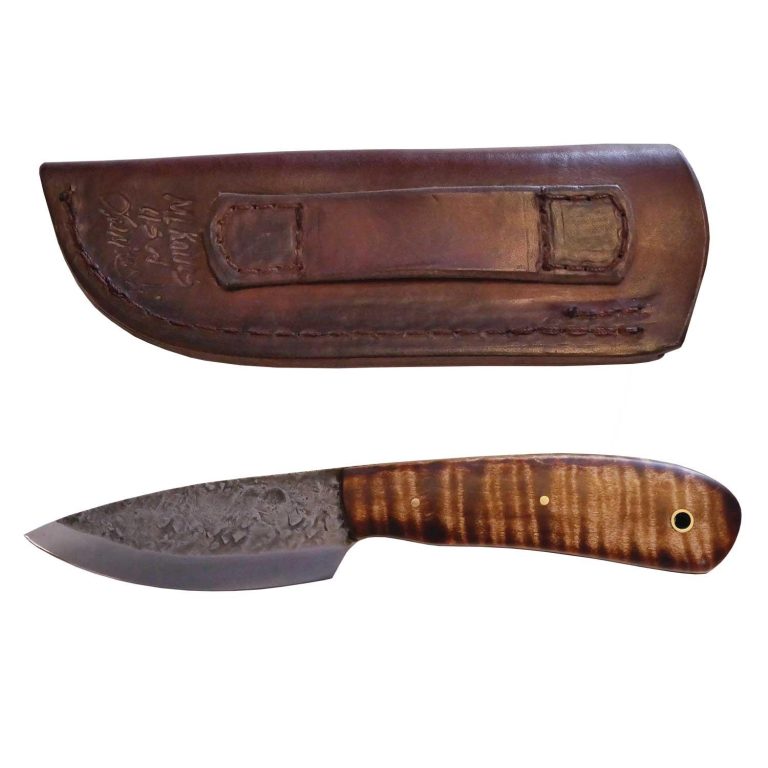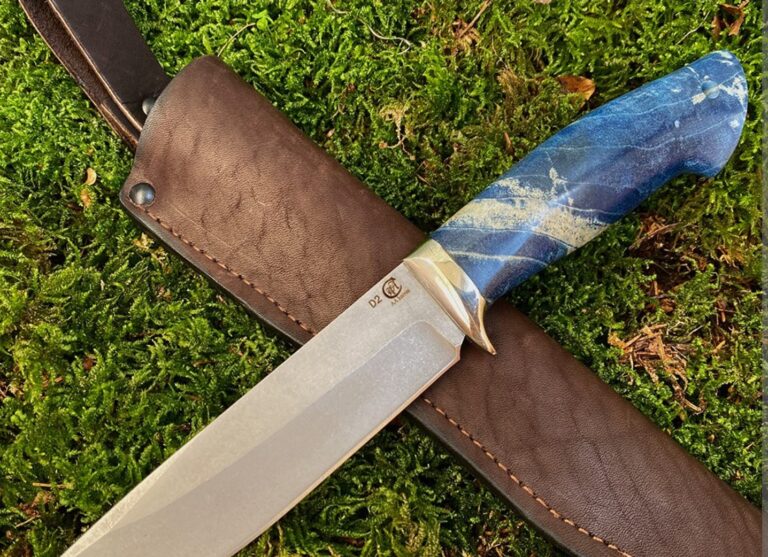How to Choose the Right Knife for Your Cooking Style
To choose the right knife for your cooking style, consider the type of food you cook most frequently and the tasks you perform in the kitchen. Different knives are designed for specific purposes, such as slicing, dicing, or chopping.
Matching the knife to your cooking needs will improve your efficiency and overall cooking experience. When selecting a knife, also consider the blade material, handle grip, and weight. High-carbon stainless steel blades are popular for their durability and sharpness, while handles made from materials like wood or synthetic materials provide comfort and control.
The weight of the knife should feel balanced in your hand and not strain your wrist during prolonged use. With the right knife in your kitchen, you’ll be well-equipped to tackle any recipe and achieve professional results.
Understanding Different Types Of Knives
Choosing the right knife for your cooking style is essential to ensure efficiency and precision in the kitchen. Understanding the different types of knives available can help you make an informed decision.
| Type of Knife | Description |
|---|---|
| Chef’s knife | A versatile knife suitable for various cutting tasks, such as chopping, slicing, and dicing. |
| Santoku knife | Similar to a chef’s knife, but with a shorter and wider blade, ideal for slicing, dicing, and mincing. |
| Paring knife | A small knife with a narrow blade, perfect for peeling, trimming, and intricate tasks. |
| Utility knife | A mid-sized knife, suitable for a wide range of tasks, from cutting sandwiches to fruits and vegetables. |
| Bread knife | A serrated knife designed for slicing bread without squashing it. |
| Cleaver | A heavy and sturdy knife, primarily used for chopping through bones and tough cuts of meat. |
| Boning knife | A narrow and rigid knife with a sharp tip, perfect for removing bones or filleting meat and fish. |
| Fillet knife | A flexible and thin knife, specifically designed for filleting fish or deboning meat. |
Each knife serves a specific purpose, so consider your cooking needs and techniques before making a choice. It’s important to invest in quality knives that are comfortable to hold and maintain a sharp edge. Regular sharpening and proper storage can also extend the lifespan of your knives.
Factors To Consider When Choosing A Knife
Choosing the right knife for your cooking style requires careful consideration of several factors. First, the **blade material** plays a crucial role in determining the knife’s durability and performance. Popular options include stainless steel, high-carbon steel, and ceramic. Next, the **blade length** should align with your preferences and the tasks you often undertake. Shorter blades are ideal for intricate cuts, while longer blades offer more versatility. Additionally, the **handle material** should offer a comfortable grip and durability. Common choices include wood, plastic, and metal. The **weight and balance** of the knife are important for easy maneuverability and reducing fatigue during use. Moreover, the **tang type** affects the knife’s strength, with full tang being the most robust option. Lastly, consider the **maintenance requirements** of the knife, as some materials require more care than others. By considering these factors, you can find the perfect knife to enhance your culinary experience.
Matching Knives To Cooking Techniques
Choosing the right knife for your cooking style is essential to enhance your culinary skills. Different cooking techniques require specific knives to achieve optimal results. When it comes to chopping and slicing, a versatile chef’s knife with a sharp blade is ideal for precision work and detail cutting. For deboning and filleting, a flexible boning knife with a thin and sharp blade is necessary to separate meat from bone effortlessly. When it comes to bread slicing and crust cutting, a serrated bread knife with a long, serrated blade is perfect for clean cuts without crushing the bread. Meat and poultry preparation require a sturdy butcher knife with a broad, heavy blade for easy trimming and splitting. For vegetable and fruit preparation, a nimble paring knife with a short blade is suitable for peeling, trimming, and slicing delicate produce.

Credit: www.epicurious.com
Conclusion
Choosing the right knife for your cooking style is an essential step in becoming a more efficient and effective cook. By understanding the different types of knives and their specific uses, you can ensure that your knife selection matches your culinary needs.
Whether you are a professional chef or a home cook, considering factors such as blade material, handle design, and knife maintenance will help you make an informed decision. Remember, knives are an investment that can significantly impact the quality of your cooking and the ease of your food preparation.
So take the time to research and test different knives before making a final decision. By choosing the right knife, you can elevate your cooking experience and take your dishes to a whole new level. Happy cooking!






